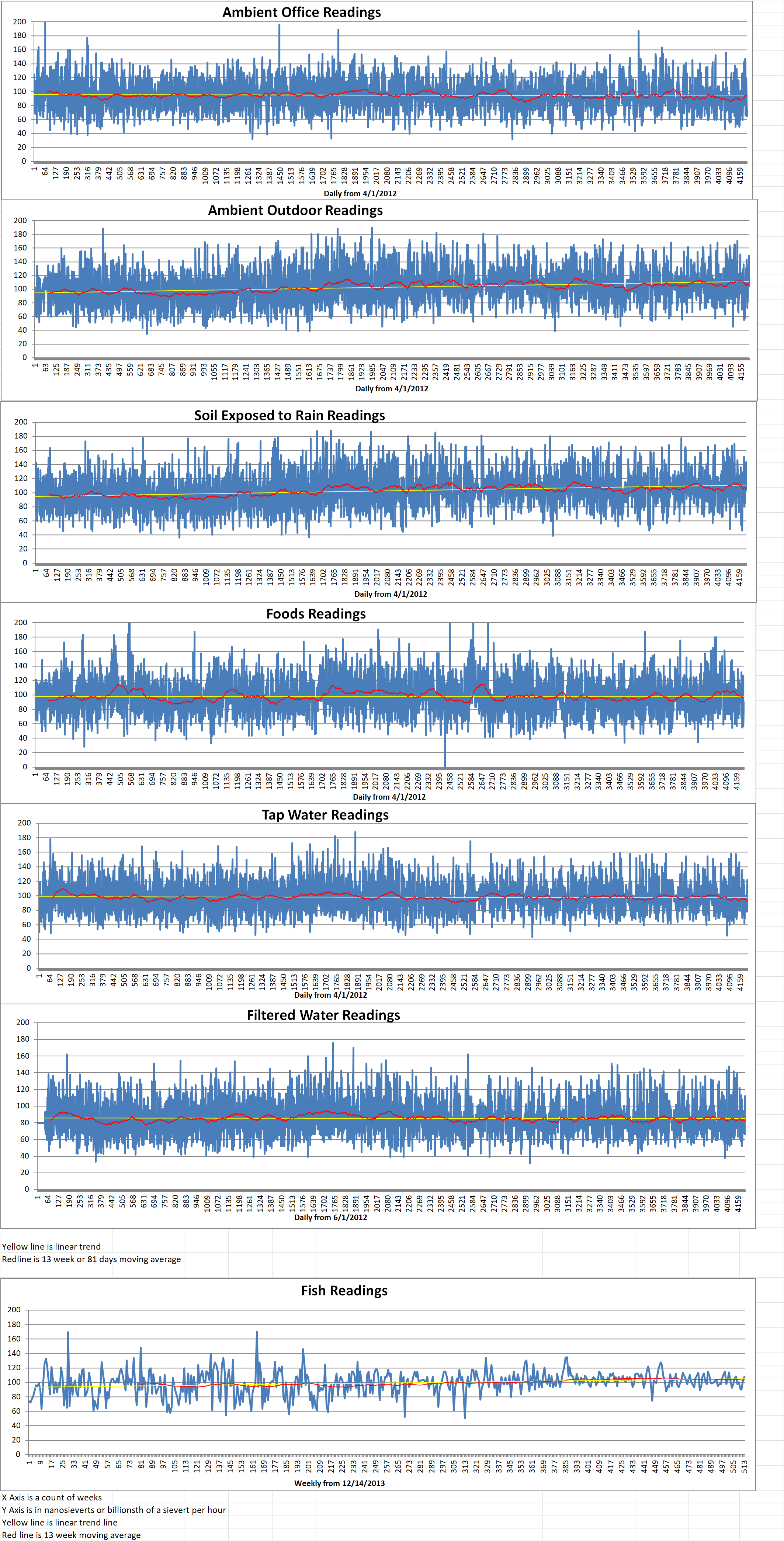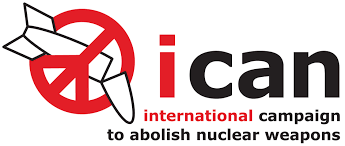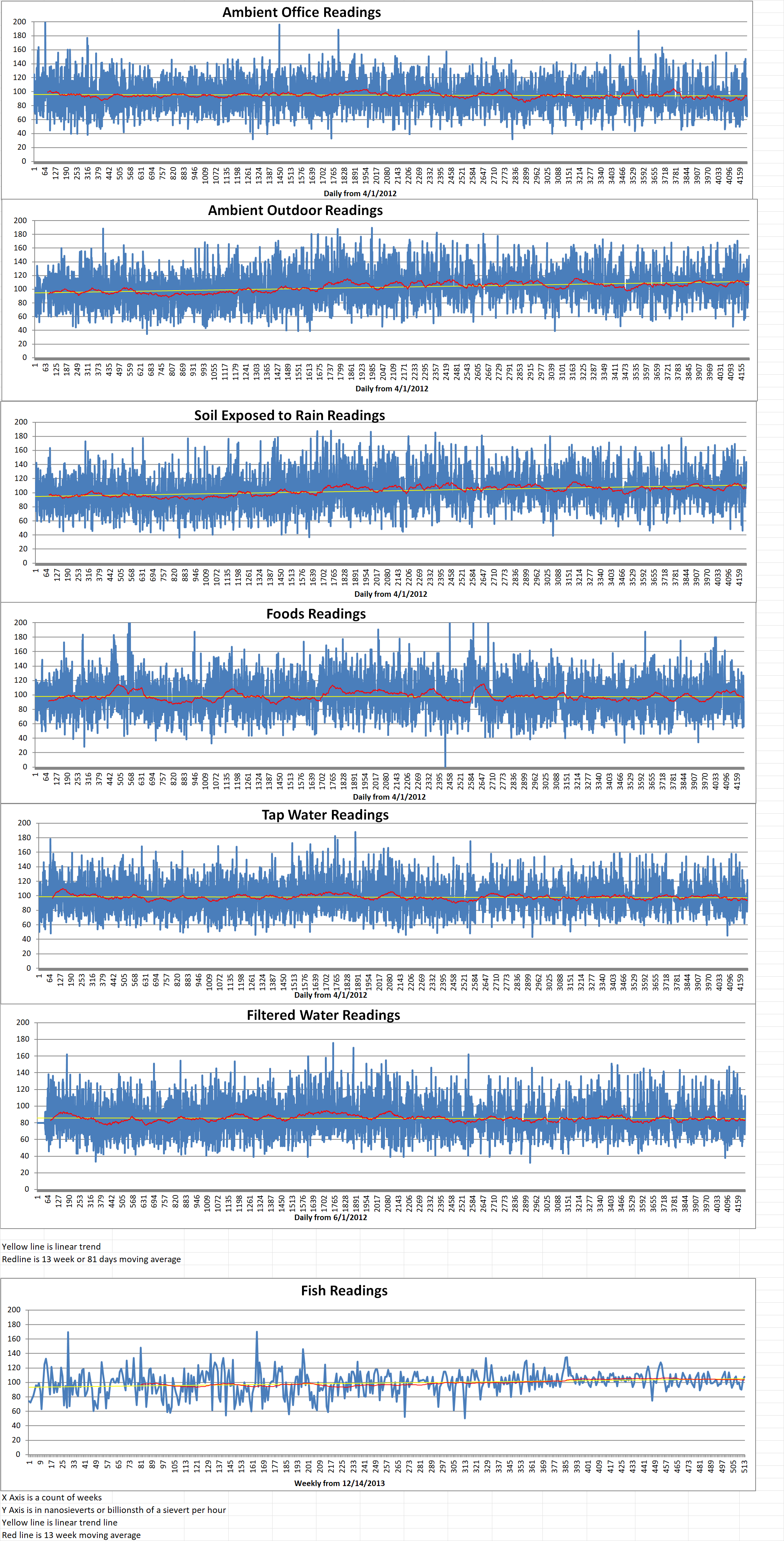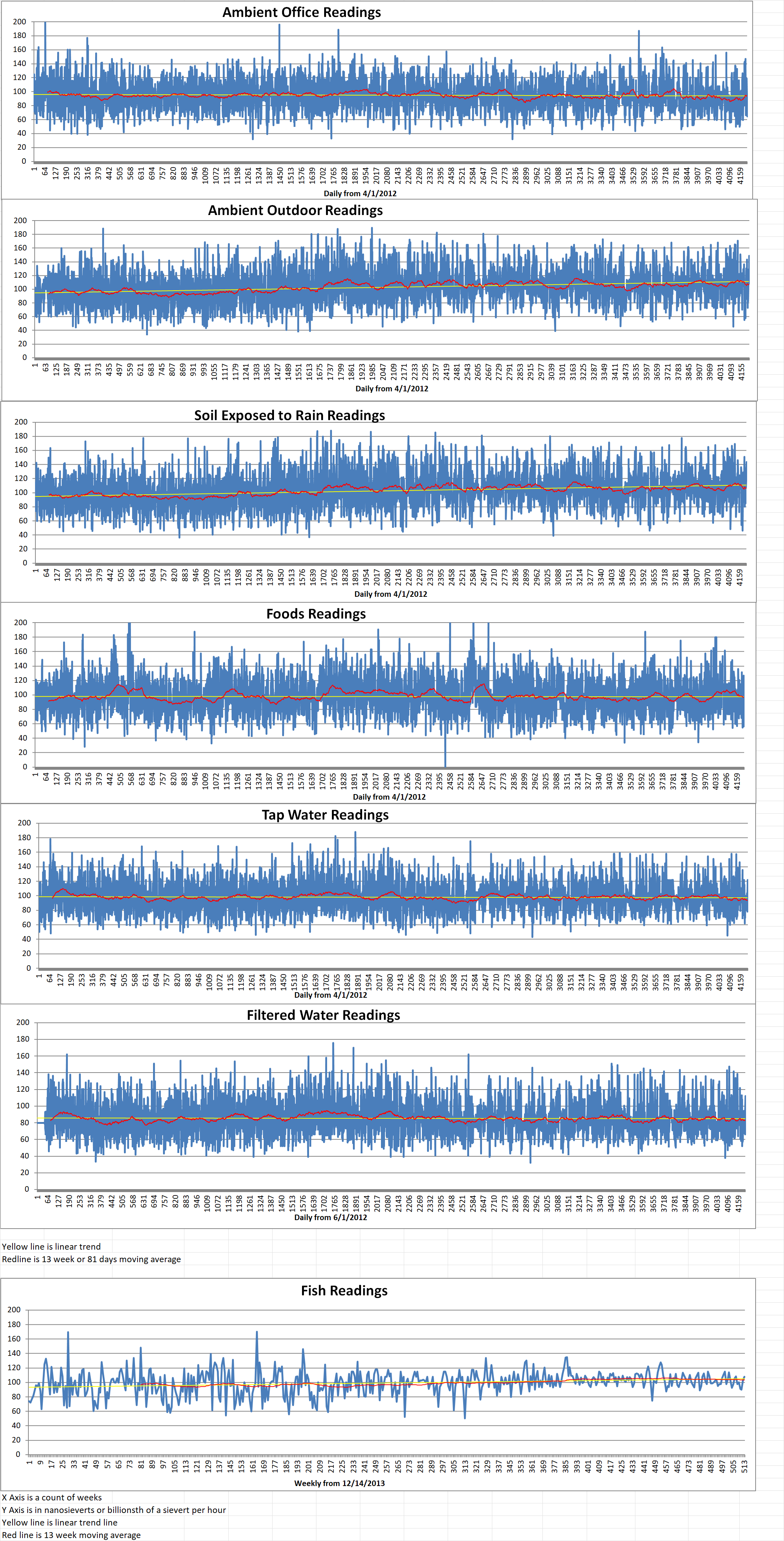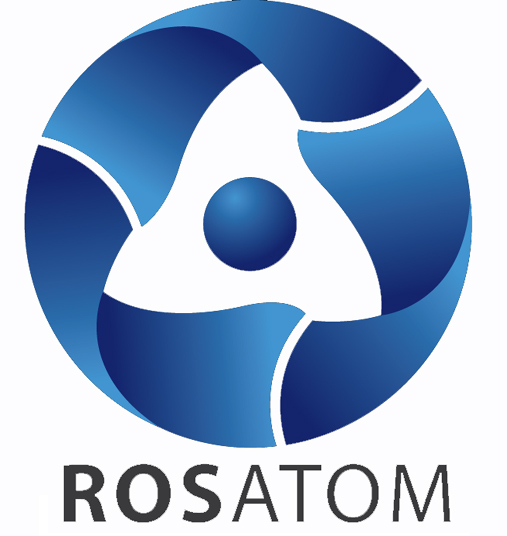The Swiss government does not want to sign and ratify the UN Treaty on the Prohibition of Nuclear Weapons (TPNW). It believes participation within the framework of the Nuclear Non-Proliferation Treaty (NPT) is more effective.
The government said that change of strategy at the present time is not advisable for several reasons. Ministers explained that joining the TPNW was not in Switzerland’s best interests in the current geopolitical climate. A new war in Europe has once again brought security policy to the fore.
Furthermore, the government considers the TPNW to be of little import since it is not recognized by existing nuclear powers. Almost all Western and European countries do not participate. The Federal Council said, “A world without nuclear weapons can only be achieved with and not against states with nuclear weapons”.
The TPNW came into force in 2021 and contains a comprehensive and explicit ban on nuclear weapons. It prohibits the use, threat of use, production, stockpiling, acquisition, possession, deployment, transfer and testing of nuclear weapons as well as support for these activities.
To date, the TPNW has been ratified by 70 states. However, it has not been signed by those nations with nuclear weapons and their allies. The Swiss government has already rejected the idea of acceding in 2018 and 2019. Its latest assessment of the TPNW was based on an analysis by an interdepartmental working group and assessments by external experts.
According to the government, the rejection of TPNW accession does not mean that Switzerland will remain passive. It says that “the use of nuclear weapons would hardly be compatible with international humanitarian law.” Ten days ago, Switzerland made its position clear in the UN Security Council. It declared that there would be no winners of a nuclear war, which should never be allowed to happen.
In its Foreign Policy Strategy 2024-2027, the government spoke in favor of a world free of nuclear weapons. It said that Switzerland will continue to demand that the states concerned fulfil their disarmament obligations.
Switzerland has also been a member of the NPT since 1977, which was signed by 191 member states. These signatories include nuclear powers such as USA, Russia, China, France and the UK. The NPT is considered to be the cornerstone of nuclear arms control and the global security architecture.
According to figures from the Stockholm International Peace Research Institute (SIPRI) from 2023, nine states possess nuclear weapons. Russia has the most warheads with five thousand eight hundred and eighty-eight, followed by the USA with five thousand two hundred and forty-four, then China with four hundred and ten.
In Europe, France and the UK have two hundred and ninety and two hundred and twenty-five warheads, respectively. They are followed by Pakistan with one hundred and seventy and India with one hundred and sixty-four. Israel is believed to have ninety warheads and North Korea has thirty. SIPRI puts the total global nuclear arsenal at 12,512 warheads.
The question of how the goal of a world free of nuclear weapons can be realized is the subject of controversial domestic political debate in Switzerland. Five years ago, the Swiss parliament called on the government to sign the TPNW as quickly as possible and then submit it to parliamentarians for approval. By ratifying it, Switzerland would show a clear commitment to international humanitarian law and the values associated with it.
The further delay in the decision on the ratification of the treaty is unlikely to satisfy many. In November of 2023, the International Campaign to Abolish Nuclear Weapons (ICAN) launched a people’s initiative to join the TPNW. The Group for a Switzerland without an Army (GSoA) has also announced that it intends to join the NGO alliance.

